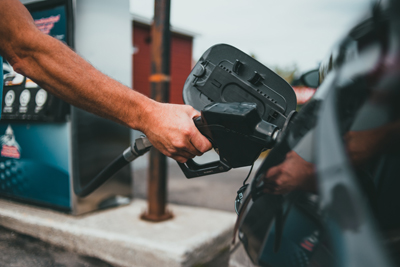Despite a notable cratering in gas demand in the days since the Fourth of July holiday, pump prices crept higher by three cents to reach $3.55 as of July 13. The main culprit is a higher price for oil, which moved from the upper $60s per barrel recently to the mid-$70s.
“Gas demand has fallen nearly 10% since the holiday, as folks have returned to their day-to-day driving routines,” said Andrew Gross, AAA spokesperson. “Typically, this would lower gas prices, but such a move is being countered for now by the increasing cost for oil, the main ingredient in gasoline.”
According to new data from the Energy Information Administration (EIA), gas demand decreased significantly from 9.6 to 8.76 million b/d over the week leading to July 13. Meanwhile, total domestic gasoline stocks stayed flat at 219.5 million bbl. Although lower gas demand typically pushes pump prices lower, rising oil prices have lifted them. If oil prices continue to rise, pump prices will likely follow suit.
The July 13 national average of $3.55 is four cents less than a month ago but $1.08 less than a year ago.
Since July 6, these 10 states have seen the largest changes in their averages: Florida (+11 cents), Indiana (+10 cents), Colorado (+7 cents), North Carolina (+7 cents), Georgia (+6 cents), Texas (+6 cents), California (+6 cents), Maryland (+5 cents), Utah (?5 cents), and Arizona (?5 cents).
The nation’s top 10 least expensive markets: Mississippi ($2.99), Tennessee ($3.09), Alabama ($3.10), Louisiana ($3.11), Arkansas ($3.14), South Carolina ($3.15), Texas ($3.19), Oklahoma ($3.19), Kentucky ($3.22) and Missouri ($3.23).
Source: AAA












